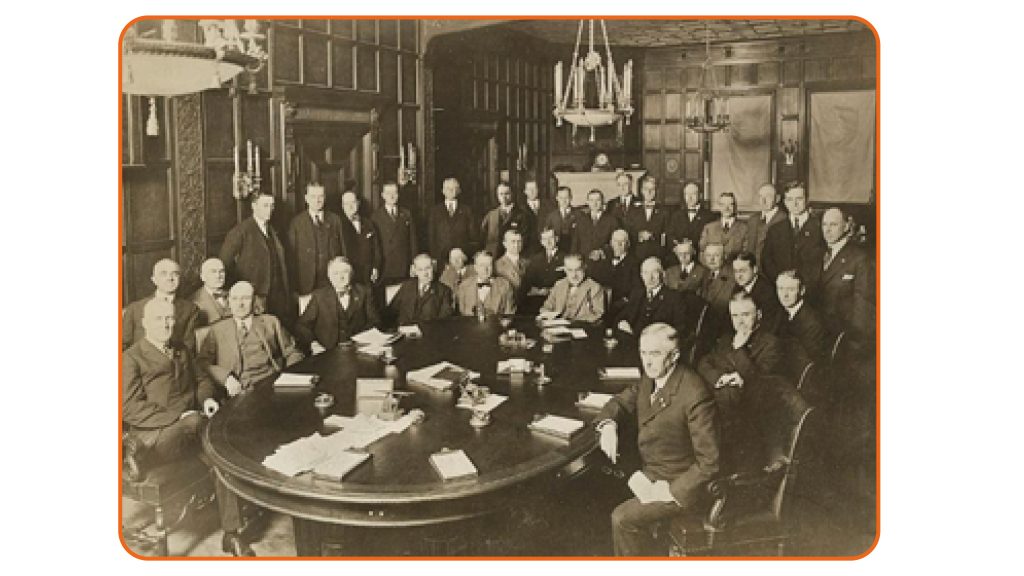The API was founded in 1919, based in New York City. It was initially formed as a trade association in the USA regarding the operations and trade of oil and gas, mainly in the USA. Gradually, its aims were expanded with the institute obtaining more power over the petroleum industry, particularly in the activities related to the US government. It represents nearly 600 corporations in the various sectors of petroleum industry.
This institute standardizes a myriad of regulatory directives in the petroleum industry directly and indirectly, all over the USA, namely the standards regarding contamination, environment, safety, engineering in the petroleum industry, equipment, legal issues, and etc.. The API also has a lobbying committee by which the institute attempts to influence the US government, the US congress, and other sections of the US economy and politics. API was formed as a standards-setting organization and has developed more than 700 standards to enhance operational and environmental safety, efficiency and sustainability.
Products and services:
Standards, individual certifications and training, quality certifications, engine oil.
Some examples of its standardization include:
- API number: a unique identifier applied to each petroleum exploration or production well drilled in the United States.
- API gravity: a measure of the density of petroleum.
- API unit: a standard measure of natural gamma radiation measured in a borehole.
API spent more than $3 million annually during the period of 2005 to 2009 on lobbying; $3.6 million in 2009. As of 2009, according to API’s quarterly “Lobbying Report” submitted to the US Senate, the organization had 16 lobbyists lobbying Congress. (wikipedia)
API is currently leaning towards climate change, environmental challenges in the US petroleum industry and also the US governmental ban on oil export that has been a dispute in the country regarding the prohibition on US oil exportation.
The other major targeting of the API is the funding for research and development linked to petroleum industry. The total revenue of the institute has been $238,520,840 in 2019.
Main Tasks of API:
- Natural gas and oil
- Products and services (in petroleum industry)
- Policies (in petroleum industry)
- Climate action
- News and Media (informing and communication)
Natural gas and oil:
Some of the tasks of this section include exploration and production around the oil-gas wells, transporting oil and gas, providing consumer information such as motor fuel taxes, and health and safety.
Policy and issues:
Trade, taxes, energy infrastructure, sustainability, hydraulic fracturing, American jobs, and etc..
Principles of API:
- Advancing the US petroleum industry, renovating and assisting it continuously.
- Constantly reducing climate impacts on the USA environment.
- Enhancing the integrity of operations in this industry all over the USA.
- Hiring, training, developing highly skilled workforce and experts in this industry.
- Promoting free market and free trade.
- Transparency within the API members, and helping them with perfect and correct data, on a consistent and regular basis.
- Creating helpful partnerships with affiliates and related organizations.
- Maintaining a safe and respectful work environment.
The American Petroleum Institute was established on March 20, 1919:
- To afford a means of cooperation with the government in all matters of national concern.
- To foster foreign and domestic trade in American petroleum products.
- To promote in general the interests of the petroleum industry in all its branches.
- To promote the mutual improvement of its members and the study of the arts and sciences connected with the natural gas and oil industry.
Modern Origins of API:
In late 1969, API made the decision to move its offices to Washington, D.C.
API is the only national trade association representing all facets of the natural gas and oil industry, which supports 10.3 million US jobs and nearly 8 percent of the US economy.

We Answer Your Questions